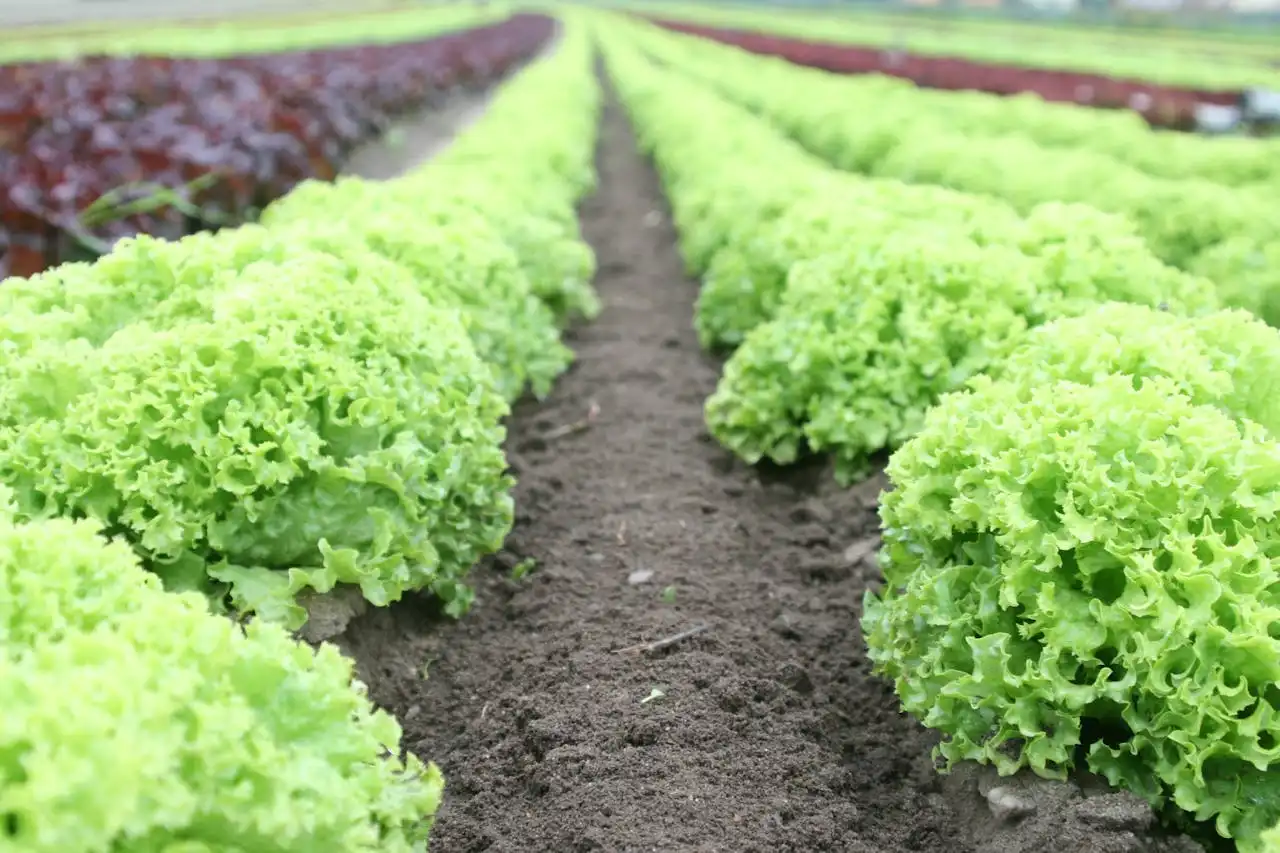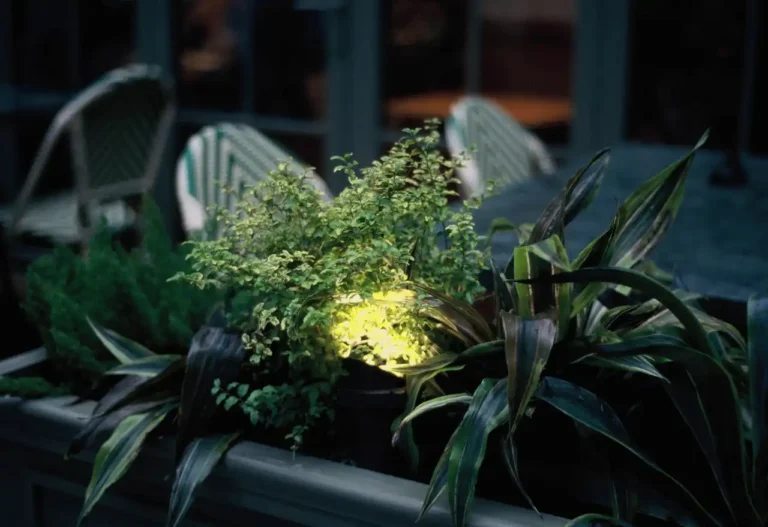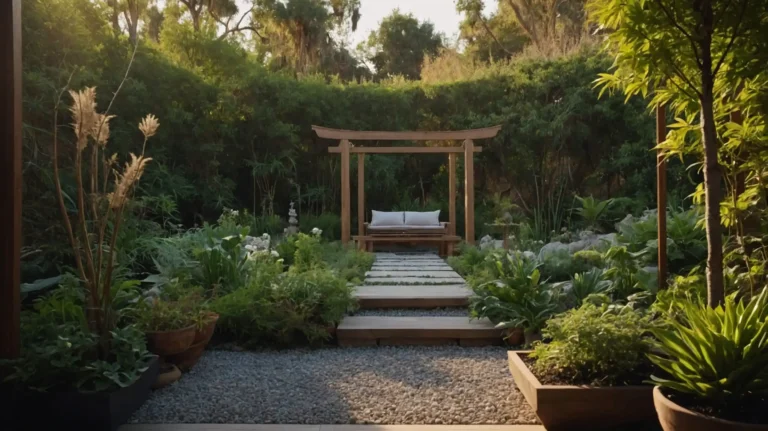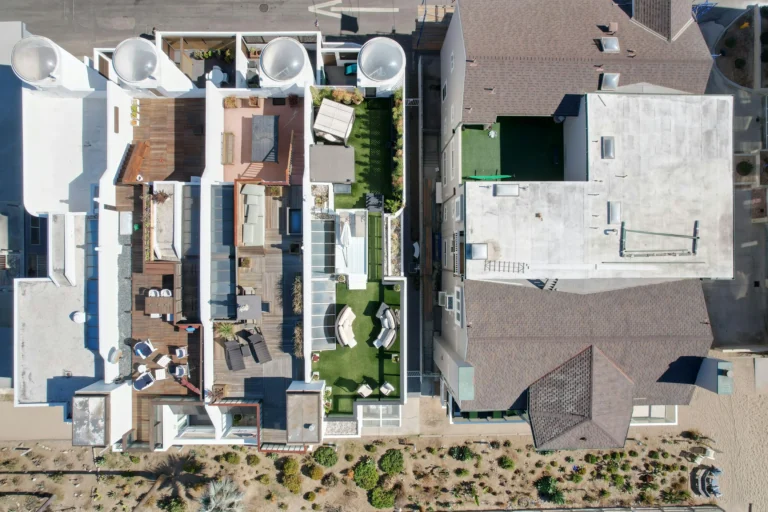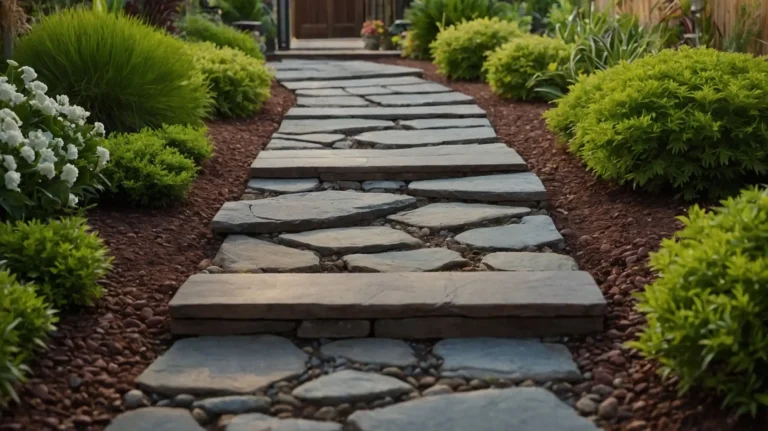How to Grow Your Own Veggies in Raised Beds
Growing your own vegetables doesn’t have to be complicated or back-breaking work. You’ll discover that this method makes gardening more accessible and enjoyable.
Raised bed gardening offers you the perfect solution to create a thriving vegetable garden with better control over soil quality, drainage, and plant spacing.
Why Raised Beds Transform Your Vegetable Garden
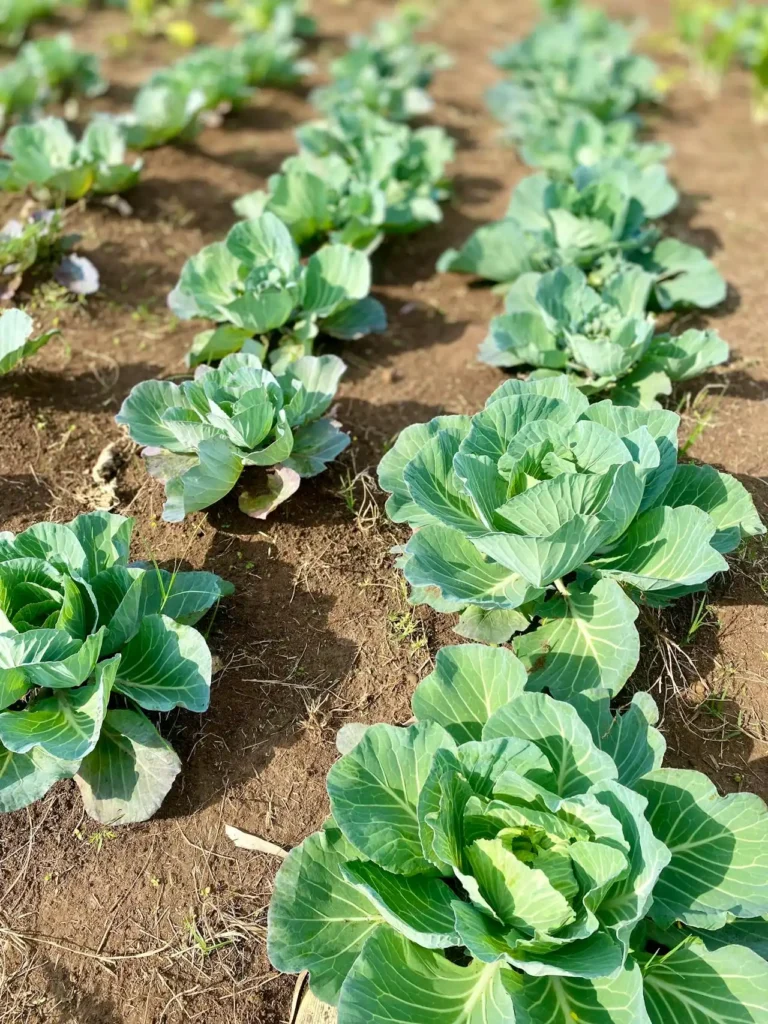
You’ll immediately notice the advantages when you switch to raised bed gardening. Your vegetables will grow stronger and healthier because you control exactly what goes into the soil mix.
The improved drainage prevents waterlogged roots, which often kill plants in traditional ground-level gardens.
You won’t have to worry about walking on your growing area either, since you can reach everything from the sides.
Your back will thank you for choosing raised beds. Weeds become much less of a problem in raised beds.
The elevated height reduces bending and kneeling, making garden maintenance much more comfortable. You can even build them higher if you have mobility concerns.
You’ll spend less time pulling unwanted plants because you start with clean soil and create barriers that prevent many weeds from taking hold.
Planning Your Raised Bed Layout
Before you start building, you need to choose the perfect location for your vegetable garden. Look for a spot that receives at least six to eight hours of direct sunlight daily.
Most vegetables are sun-lovers, and insufficient light will result in weak, leggy plants with poor harvests.
You’ll also want to ensure easy access to water, whether through a nearby hose connection or rain barrel system.
Consider the size carefully when planning your beds. Think about pathways between multiple beds.
You should be able to reach the center from either side without stepping into the bed. A width of four feet works perfectly for most gardeners.
The length can vary based on your available space, but remember that longer beds may require additional support to prevent the sides from bowing outward under soil pressure.
You’ll need at least two feet of walking space, though three feet provides more comfortable access for wheelbarrows and garden carts.
Building Your Raised Bed Structure
You have several material options for constructing your raised beds. Each material offers different benefits in terms of durability, appearance, and cost.
Cedar and redwood naturally resist rot and insects, making them excellent long-term choices despite higher upfront costs.
Pine lumber costs less but requires treatment with food-safe wood preservatives to extend its lifespan.
Avoid pressure-treated lumber that contains harmful chemicals you don’t want near your vegetables. Assembly doesn’t require advanced carpentry skills.
For a budget-friendly approach, you can use composite lumber, recycled plastic boards, or even galvanized steel panels.
The ideal height for your raised beds ranges from eight to twelve inches for most vegetables.
Deeper beds work better for root vegetables like carrots and parsnips, while leafy greens thrive in shallower setups.
You can create simple rectangular frames using corner brackets, wood screws, or even notched joints if you want a more finished appearance.
Creating the Perfect Soil Mix
The soil you put in your raised beds determines your gardening success more than any other factor.
You’ll want to create a blend that drains well while retaining enough moisture for plant roots.
A proven recipe combines one-third compost, one-third peat moss or coconut coir, and one-third vermiculite or perlite.
This mixture provides nutrients, holds moisture, and ensures proper drainage. Always read labels carefully to ensure the mix contains organic matter and drainage materials.
You can also purchase pre-made raised bed soil mixes from garden centers, though this costs more than mixing your own.
Never use garden soil alone in raised beds. Heavy clay or sandy soils from your yard won’t provide the ideal growing conditions you’re trying to create.
Calculate how much soil you’ll need by multiplying length times width times depth. A 4×8-foot bed that’s 10 inches deep requires about 27 cubic feet of soil mix.
Selecting Vegetables for Success
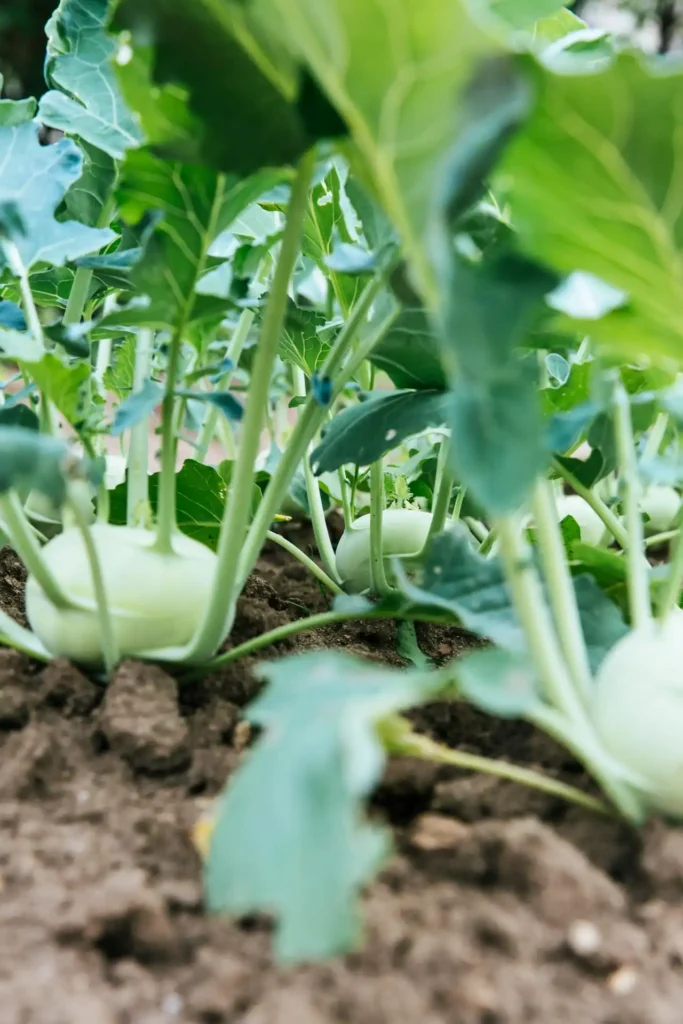
You’ll get the best results by choosing vegetables that match your climate, season, and available space.
Cool-season crops like lettuce, spinach, and peas thrive in spring and fall temperatures. Consider the mature size of your plants when spacing them in raised beds.
Warm-season vegetables such as tomatoes, peppers, and squash need consistently warm weather and shouldn’t go outside until after your last frost date.
You can plant more densely than traditional row gardening, but overcrowding still reduces yields and increases disease problems.
Vertical growing maximizes your space efficiency. Train cucumbers, beans, and peas up trellises or cages to free up ground space for other crops.
Succession planting keeps your harvest coming all season long. Plant new crops every two to three weeks for continuous production of quick-growing vegetables like radishes and lettuce.
Mastering Raised Bed Planting Techniques
The square foot gardening method works exceptionally well in raised beds. Divide your bed into one-foot squares and plant according to each vegetable’s space requirements.
You can fit sixteen radishes, nine spinach plants, four lettuce heads, or one tomato plant per square foot, depending on the crop’s mature size.
Plant in blocks rather than traditional rows to maximize space utilization. This prevents shading and ensures all plants receive adequate sunlight.
This technique also helps plants support each other and creates natural weed suppression through dense canopy coverage.
Pay attention to companion planting principles. Tomatoes grow well with basil, carrots pair nicely with onions, and lettuce thrives in the partial shade of taller plants.
Stagger your planting heights by placing taller plants on the north side of beds and shorter crops toward the south.
Watering Strategies That Work
Raised beds dry out faster than ground-level gardens because of improved drainage and increased surface area exposure.
You’ll need to water more frequently, especially during hot weather. Aim to moisten the soil to a depth of six to eight inches with each watering session.
Deep, less frequent watering encourages stronger root development compared to light, daily sprinklings.
Mulching significantly reduces water needs by slowing evaporation and keeping soil temperatures more stable.
Apply two to three inches of organic mulch around your plants, keeping it away from stems to prevent rot.
Drip irrigation systems work perfectly in raised beds and deliver water directly to plant roots while minimizing waste. You can install simple soaker hoses or more sophisticated drip tape systems.
Check soil moisture regularly by inserting your finger two inches deep. Water when the top layer feels dry but moisture remains deeper in the soil profile.
Seasonal Maintenance and Care
Your raised beds need different care throughout the growing season. Spring preparation involves adding fresh compost and gently working it into the top few inches of soil.
Remove any winter debris and check for pest damage or soil settling that might need attention.
Test your soil pH and amend if necessary to keep it in the ideal 6.0 to 7.0 range for most vegetables.
Summer maintenance focuses on consistent watering, regular harvesting, and pest monitoring.
Remove spent plants promptly to prevent disease buildup and make room for succession plantings. Cover your beds with mulch or plant cover crops to protect and improve the soil.
Fall cleanup involves removing diseased plant material while leaving healthy organic matter to decompose over winter.
Winter protection may include covering beds with tarps or cold frames in harsh climates. This prevents soil erosion and allows for earlier spring planting in many regions.
Solving Common Raised Bed Problems
Even well-planned raised beds can develop issues that affect plant growth and productivity. Poor drainage often results from using too much clay soil or compost in your mix.
You’ll notice standing water after rain or yellowing plants with stunted growth. Fix drainage problems by adding coarse sand, perlite, or small gravel to improve soil structure.
Soil compaction happens when you step on wet soil or use heavy clay components. Avoid walking on beds and add organic matter annually to maintain good soil structure.
Nutrient deficiencies show up as yellowing leaves, poor growth, or reduced fruit production.
Regular soil testing helps you identify specific needs and adjust your fertilizing program accordingly.
Pest problems often concentrate in raised beds because of the intensive planting style.
Use row covers, companion planting, and beneficial insects to manage problems without harmful chemicals.
Extending Your Growing Season
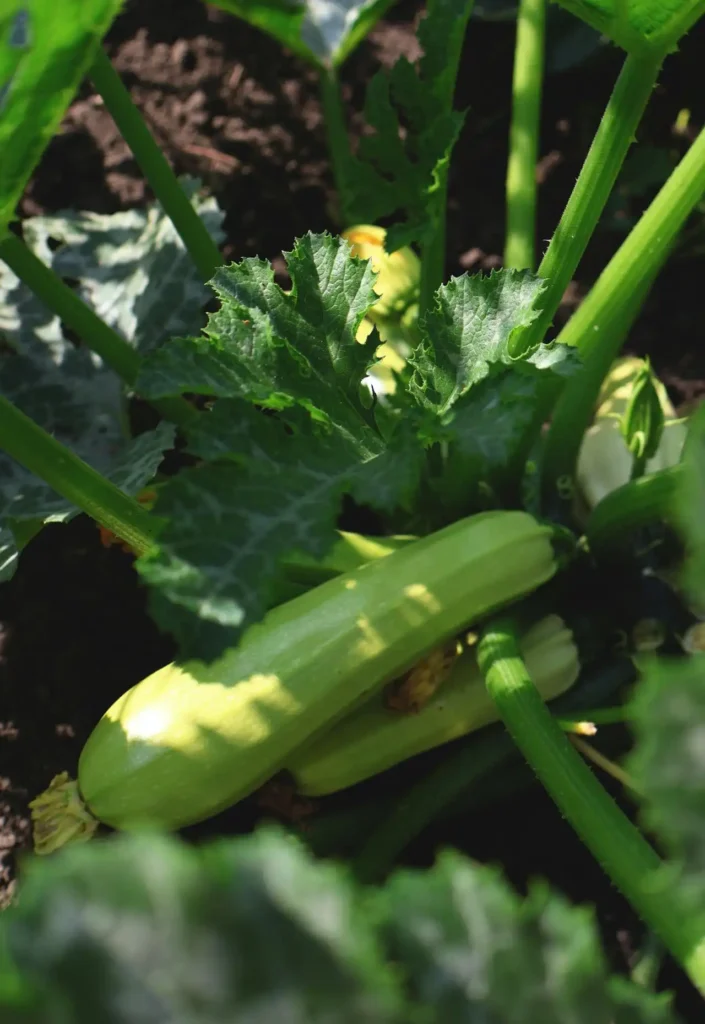
You can harvest fresh vegetables much longer by using season extension techniques in your raised beds.
Cold frames turn your beds into mini-greenhouses that protect plants from frost and wind.
Row covers made from lightweight fabric allow air and moisture through while raising temperatures by several degrees. You can leave covers on most crops throughout cool weather.
Succession planting ensures continuous harvests by starting new crops every few weeks. This works especially well for quick-growing vegetables like lettuce, spinach, and radishes.
Choose cold-hardy varieties for fall and winter growing. Many vegetables actually taste sweeter after light frosts, including carrots, kale, and Brussels sprouts.
Indoor seed starting extends your season in both directions. Start warm-season crops indoors six to eight weeks before your last frost date for earlier harvests.
Maximizing Your Harvest
Proper harvesting techniques keep your plants producing longer and ensure the best flavor and nutrition.
Pick vegetables at their peak ripeness rather than letting them overripen on the plant. Check your beds daily during peak season to catch vegetables at their prime.
Regular harvesting encourages continued production in crops like beans, peas, cucumbers, and squash.
Learn the optimal harvest timing for each crop. Lettuce tastes best when leaves are young and tender, while winter squash needs full maturity for proper storage.
Store your harvest properly to extend its usefulness. Many vegetables keep longer when stored in cool, humid conditions, while others prefer dry storage areas.
Preserve excess production through freezing, canning, or dehydrating. This allows you to enjoy your homegrown vegetables year-round and makes the most of your gardening efforts.
Conclusion
Raised bed vegetable gardening puts you in complete control of your growing environment while reducing physical strain and maintenance work.
You’ll enjoy bigger harvests, healthier plants, and more gardening satisfaction with this proven approach.

